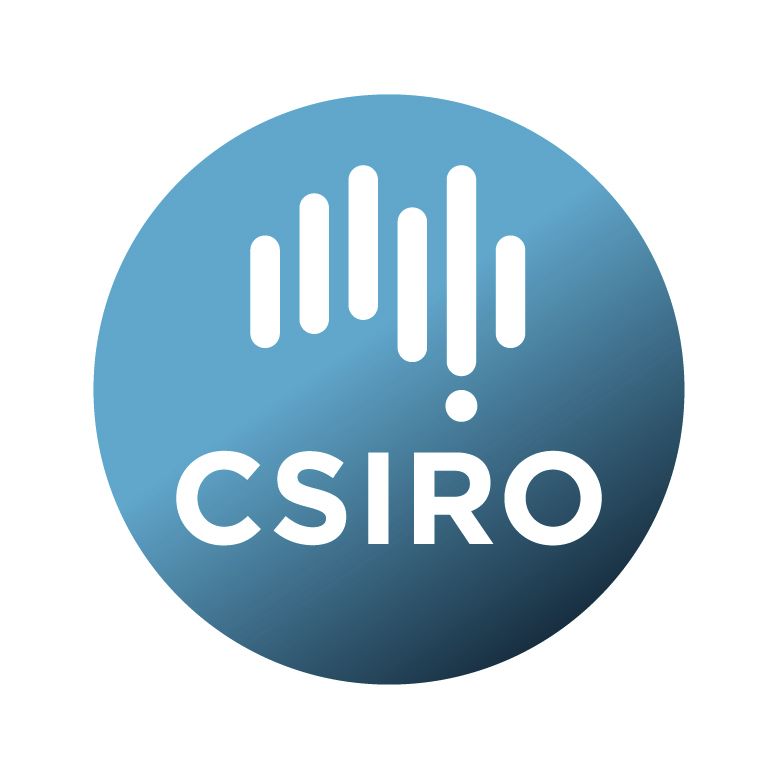Brief description
This is a record for the data collected from surveys of shallow reef habitats at Ashmore Reef and Mermaid Reef Marine Parks in 2022. The surveys were carried out to provide Parks Australia with an understanding of the impacts of foreign fishing on the abundance and diversity of sea cucumbers in shallow reef ecosystems and to inform future monitoring and management.UVC Reef Life Survey method and ROV
345 sites were surveyed across 5 habitat types: intertidal reef; shallow subtidal lagoon; deep lagoon; western reef edge and eastern reef edge.
Data on percent habitat type was for Mermaid Reef transects only
Lineage: Underwater visual census (UVC) data were collected by divers and Remote operated Vehicle field observations.
Fieldwork:
Reef Life Survey underwater visual census (UVC) method (Edgar et al. 2020) was used. Briefly, this involves anchoring a small vessel at a site and having two SCUBA or snorkel divers each swimming out a 50 m tape in different directions from the anchor and then returning along the tape carefully searching and recording all giant clams and sea cucumbers within 1 m each side of the tape, each thus surveying an area 100 m2 (total of 200 m2 for both divers). The divers then swam the transect a second time taking a minimum of 50 images (photo quadrats) of the seabed using an Olympus 'Tough' camera in a waterproof housing, facing directly down and held approximately 50 cm from the substrate. Observations of coral bleaching and crown-of-thorns starfish feeding/presence were also noted. The maximum depth survey using this method was 12 m.
In addition, deeper sites were surveyed using a remotely operated vehicle (ROV). The ROV surveys were limited to the deep lagoon and were carried out by anchoring at each site and then the Oceanbotics SRV8 ROV was navigated to the seabed and then run out 50 m from the vessel at a height above the seabed of approximately 1 m. A return transect towards the vessel of 50 m was also made across seabed not covered by the outward transect. Both forward and downward looking video was recorded along each transect and the number of sea cucumbers counted on each.
UVC Data entry:
Counts of animals on each transect were entered into an Oracle database, then exported as csv's for sharing on the CSIRO Data Access Portal.
Habitat Analysis:
Up to 40 images per Mermaid Reef UVC transect were randomly selected (utilisable images ranged from 27 to 40 per site). The images were analysed for percent benthic cover using ReefCloud (https://reefcloud.ai/), an open-access machine learning artificial intelligence (AI) platform, which uses a trained dataset to automatically recognise and classify benthic organisms and substrate type on images.
A systematic grid pattern, comprising six points was consistently overlaid on each of the 8167 images, totalling 49002 human annotatable points that underwent analysis by ReefCloud. To train the AI, the user assigned categories (665 categories based on the CATAMI habitat classification scheme (Althaus et al. 2015) by a trained reef ecologist to 16504 points of these points, accounting for 33.7% of the total human annotatable points analysed. Subsequently, the AI algorithm learned from these assignments and classified all 49002 human annotatable points, encompassing both those designated by the user and the remaining unassigned points.
Creation of Mermaid Reef zones GIS layer:
The Shape file "Mermaid_Reef_WGS84_V2a.zip" was digitized by CSIRO using QGIS - the "North-west Network Management Plan 2018" map as provided on the Parks Australia website
fnl-mp-2018-nw-map-mermaid-reef-mp.pdf (parksaustralia.gov.au) was loaded into QGIS and the image was georeferenced, and the layers digitized.
Available: 2024-08-08
Data time period: 2022-05-18 to 2022-07-14
Subjects
Ashmore |
Conservation and Biodiversity |
Environmental Sciences |
Environmental Management |
Holothurian |
Mermaid |
UVC |
Underwater Visual Census |
beche-de-mer |
giant clams |
sea cucumbers |
trepang |
User Contributed Tags
Login to tag this record with meaningful keywords to make it easier to discover
Identifiers
- DOI : 10.25919/7MAX-4476

- Handle : 102.100.100/636860

- URL : data.csiro.au/collection/csiro:62952



